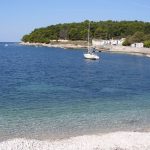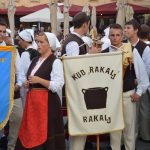Continuing our indepth tour of Croatian tourism destination with our 25 Things to Know about Croatia series, TCN’s man in Pula takes a closer look at his native city on June 27, 2016.
At the top of the Adriatic sea a mysterious city lies along with its 3,000 year-old history. The name of the city is Pula and this are the things you should know about it.
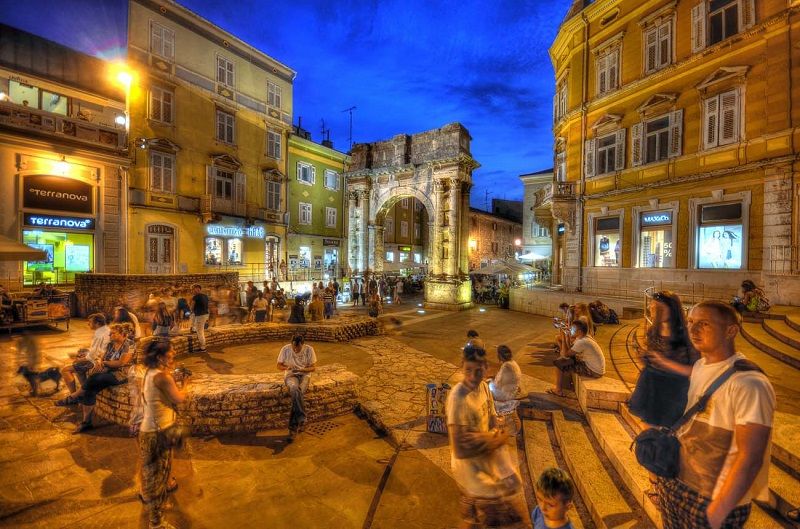
1. Accepting everyone from everywhere
Each city is made up of its own people so the story of Pula is best told if we start with its own citizens, and they have not changed much since historical times. Known as the City of refugees even in the old Greek myths, Pula has always offered a word of encouragement and a helping hand to those who have left their homes or were in search of better luck. They accepted and supported each other regardless of their personal religion, nationality and even race. During the Homeland War in Croatia and other conflict throughout the region, thousands of refugees were welcome to stay here, but what might surprise some is the fact that they did not welcome just Croats but many Bosniaks, Albanians and Serbs as well. This gave Pula another multicultural push and the rainbow just got bigger.
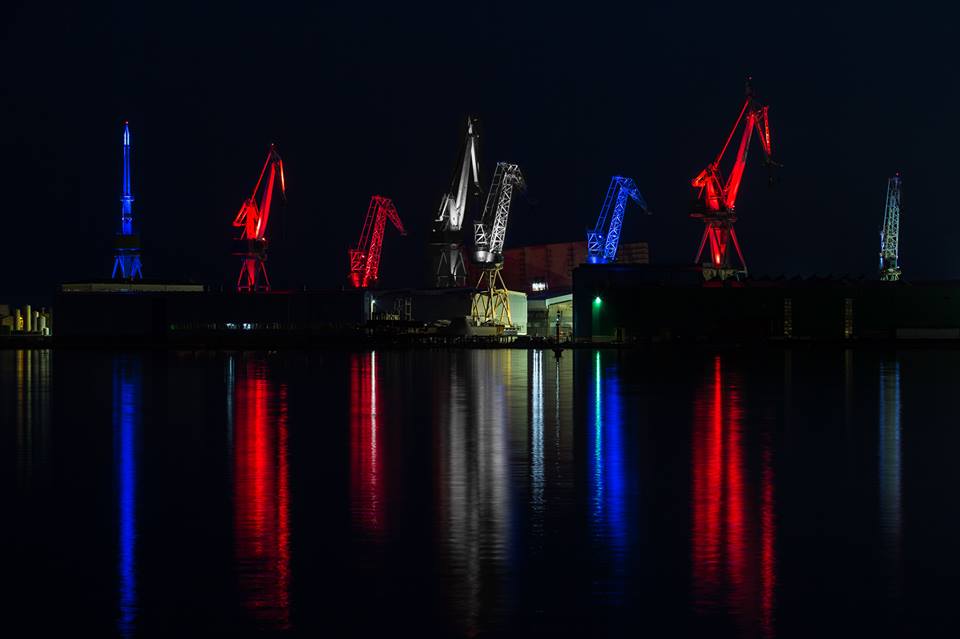
2. Festival of light
In recent years, Pula has surprisingly earned a brand new nickname – the City of Light, but the reason for it may not be the one you are thinking of. Sure there are 2,400 hours of sunshine a year, but a nickname refers to something much closer to midnight – the Visualia Festival. The increasingly popular festival was this year held for the fourth time and it is slowly, but without hesitation turning this Mediterranean beauty by day into a real spectacle at night. During the festival, light illuminates the facades of buildings , monuments , and there is a lot of all five sense interaction inside the museum and parks. Still, the biggest highlight of the festival is the revival of the Lighting giants – huge cranes which serve as part of the local shipyards that are now shining every night at intervals of 15 minutes in bright different colors, often to commemorate important or social event like the current support for Croatia’s football team.
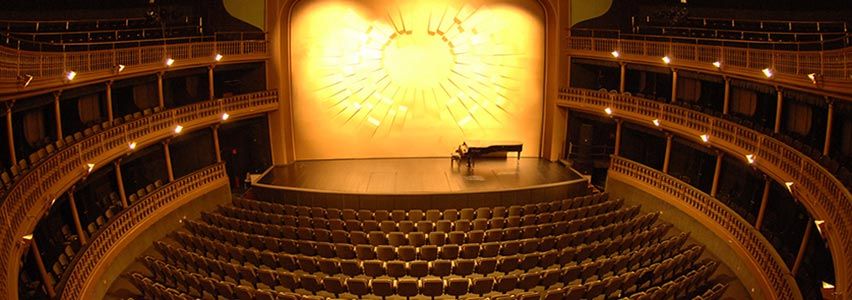
3. Theater that kicked Mussolini out
In 1871 Pula got its first theater that was back then called Politeama Ciscutti, and this was 22 years before Split and 24 before Zagreb. For the first 50 years the atmosphere in the theater was filled with great performances and spectacular discoveries such as the first live picture show in 1896, but soon the city found itself covered with a black flag, which then covered half the world. Fascists from the beginning did not hesitate to show their unabashed hatred for Slavs, which caused shock and disbelief for most inhabitants of Pula, who were then – and this is extremely important in the context of the historical relations – mostly Italians. You can guess who came next, for their own political march as fascists chose Pula`s theater for a keynote speech – none other than Mussolini himself. It is easy to imagine the tantrums of the Duce while he was spitting hatred in a speech about inferior races and Slavic barbarians, but what ensued stunned everyone so much that the event soon become part of the most famous legends of city. At the moment the fascist leader was coming out of the theater, a group of people stayed to confront him and even block his exit for minute or so. This proved enough for a one irritated local resident to rush up to the Duce and slap him in front of everyone. Moreover he even managed to slap him a second time. The news spread throughout the city, but whether it was all just a part of the legend or not, Mussolini later wrote in his diary – the residents of Pula were not thrilled with the new ideas of fascism.
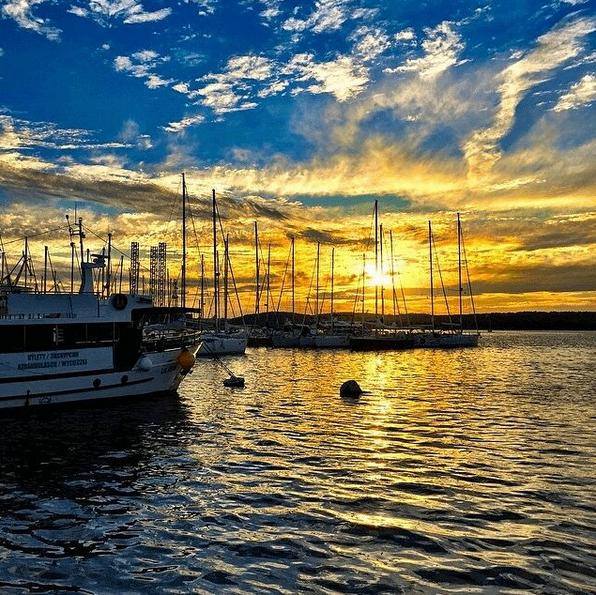
4. Perfect sunsets
Many cities and small places on the beautiful Adriatic praise their own sunsets and the romantic atmosphere that they create, but few of them can boast the perfect combination of Mediterranean pine trees, a nearby national park, islands and a serene silence that drew in Pula even among the most frequently used locations . In those few minutes all life seems balanced and peaceful, with a dark blue sky that soon reveals wishing stars. This feeling should be experienced, preferably in good company with a glass of Istrian wine.
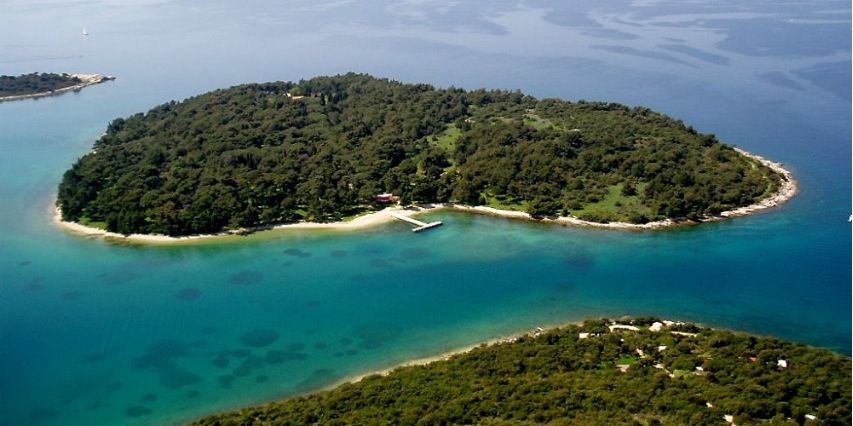
(Photo credit www.pulacroatia.net)
5. There are islands out there
No, here we are not talking about wonderful Brijuni islands but about four Pula islands that the general public knows almost nothing about . With the exception of a small island where the main working part of shipyard Uljanik is located, there are the islands of St .Katarina and St. Andrija in Pula bay which both possess enormous tourism potential that could in the future provide livelihoods and economic growth for the whole of South Istria. However, the most popular city secret is called Monks island, unknown to tourists and for which if asked a local residents will only shake their heads in hope that they continue to successfully keep it safe from galloping Germans, Italians and Slovenians . Its unusual name originated in the 18th century, when the Franciscan province of Zadar built the monastery of St. Marija in the center of the island, and to this day it remains the most popular destination for locals and the first choice for a quick and adventurous camping.
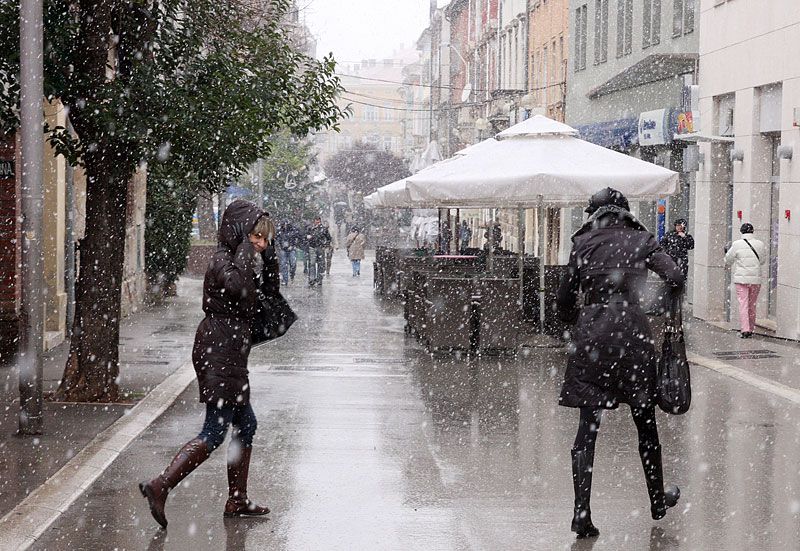
(Photo credit Manuel Angelini)
6. Cold wind that Joyce hated
Something that an average tourist certainly would not expect to experience in the Adriatic is most certainly a harsh winter that a hundred years ago frightened the famous Irish writer James Joyce so much that he almost did not come out of his hotel in winter. Although climate change since then has warmed up our environment, the famous north wind – Bura has not lost in force. When this wind blows and it is usually at the beginning of the year, the feel of the temperature can be much lower than the places where the temperature ten degrees below zero. Then Pula really becomes a ghost town and only the most persistent go out to face with this wind. The city is then truly a mediterranean Sibir as Joyce once ominously called it.

(Photo credit www.croring.com)
7. One boxing legend
Pula was also a welcoming home for Mate Parlov, the most famous boxer not just in the Croatian history, but also across the former Yugoslavia. His live boxing matches in the 1970s were eagerly anticipated throughout Europe and he will soon get the ultimate and well-deserved honor from the City of Pula as they place his monument in the city in which he lived and which he loved. We will not bother you with statistics, it is only important to mention one large gold medal from the Munich 1972 Summer Olympics where he won light heavyweight division finale making himself a huge chapter of sporting history. In addition to being a famous athlete, Mate was also a successful caterer, a lover and connoisseur of poetry and a man who often said he could not possibly be nationalist after being world champion.
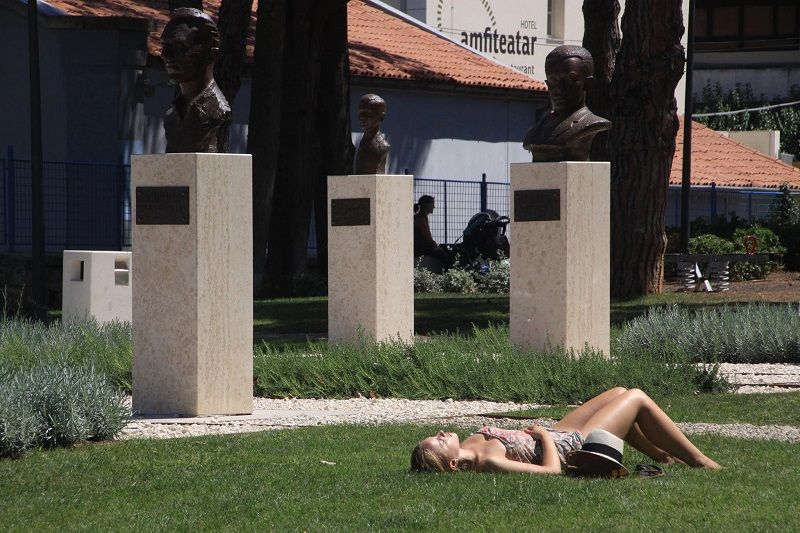
8. Full blooded antifascists
We do not care who has this or that religion or nationality – a conclusion that the average resident of Pula will emphasize on the rare occasions where politics may be mentioned. But do not be fooled by this, they are not at all apolitical. Aware of their various ethnic surnames, and the heavy history and deep wounds that totalitarian societies left in this society, generation after generation are raised and educated in the anti-fascist tone with a common desire for equality, mutual tolerance and freedom. If somebody would claim that Pula is the main center of anti-fascism in this part of Europe he would probably be right. From historical anniversaries to preserving the memory of the inheritance of anti-fascism, Pula keeps its moral values and the famous exclamation on the lips of citizens ready to be used for any exclusivity and radicalism that may endanger this peace: Non pasaran.
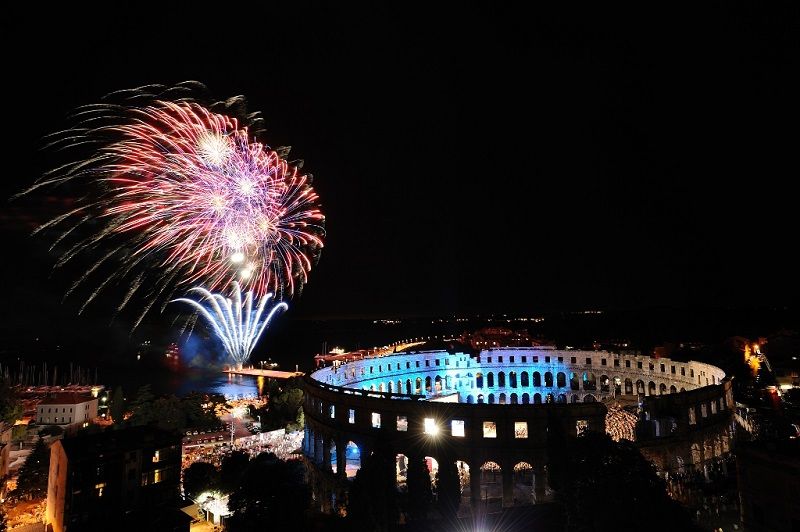
9. Best summer concert destination
In recent years the Pula Arena – probably the most beautiful stage in the world – has become the favorite destination of many world-renowned musicians and performers. The same will continue and be even better this summer, so for the first time many influential portals in Croatia named the Roman amphiteather this year’s best summer concert destination. To name a few : Jose Carreras , Robert Plant, Gibonni & Oliver, Status Quo, Djordje Balasevic , Petar Graso, Nina Badric and The Parni Valjak who are said to make a must-see concert for their 40 years band anniversary. But apart from the famous names the thing that most attracts is the atmosphere under the stars that manages to make a real spectacle of each music and cultural event.
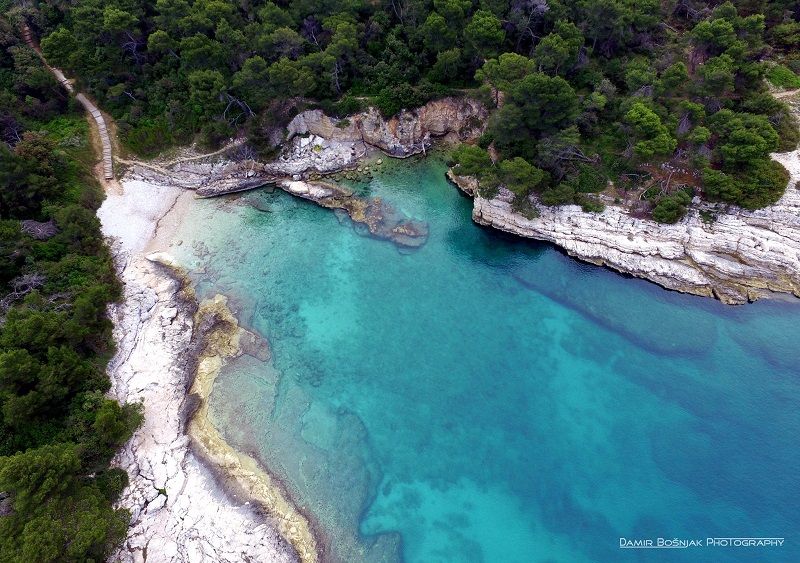
(Photo credit Damir Bošnjak)
10. Clean beaches, clean sea
Crystal clean sea, beautiful nature and great sunets are all ingredients
most of people need to feel relax and comfort after a long working year. The most popular beaches would be those located in the Verudela peninsula, such as Hawaian beach and Ambrela. The location offers plenty of rocky beaches, but there are also pebble ones. The majority of them are backed by a rich pine forest, while in the tourist resort, outdoor swimming pools are available.If you are interested in a long walk and a romantic gateway there is a new beach Hidrobaza that has a new walk-path all the way to Fažana and its truly recomended for newlyweds and young families. If you are in need of adventure try Seagull rocks next to Stoja camp site and maybe you even meet the famous mediterranean monk seal in some of the natural caves.
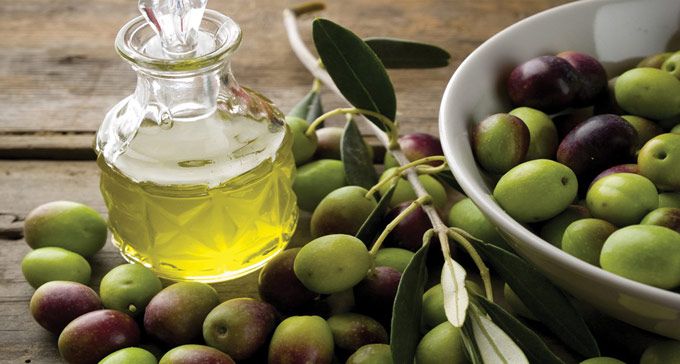
(Photo credit www.adriatic.hr)
11. Focus on Mediterranean food
Original olive oil, cereals and legumes , fresh or dried vegetables , a high amount of fish from the local markets, dairy products and meat and toppings and spices, accompanied by Istrian wines. All this makes the perfect Mediterranean diet, which is luckily very present in Pula’s restaurants or at tables in the living rooms in private homes of Puležans – local residents . Given that official medicine openly praises this kind of diet, explaining that through it you can be healthier and live longer, it is certainly a major incentive to visit this city with its three thousand years of history. With a little advice: start dinner before sunset along the coast – it really pays off to enjoy life.
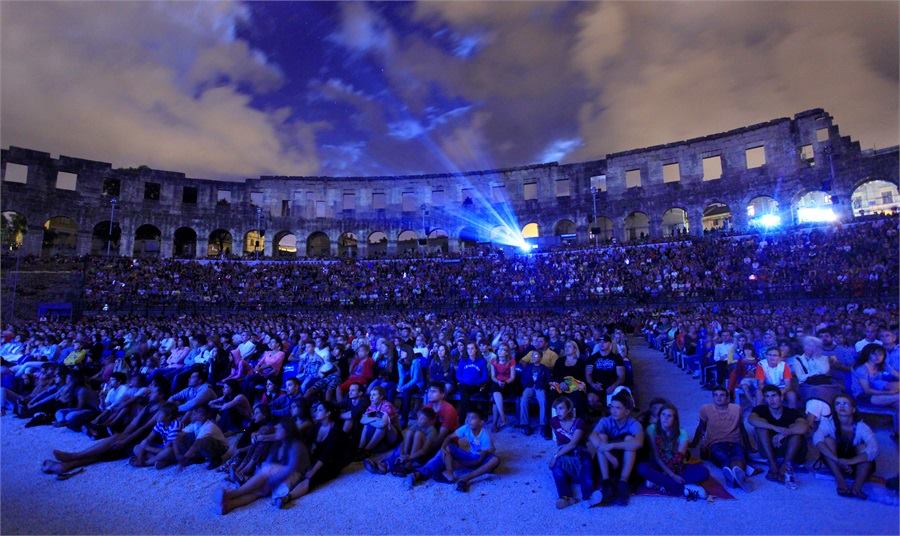
12. A City for movie lovers
If Pula should be described then it should certainly be described with the movie. Love between the city and actors, directors and their films has lasted for 63 years and is deeply connected in the identity of the city itself as the biggest and most anticipated festival every year. Opening fireworks with which the festival of film opens, a new generation of Puležans see it as kind of tradition that must be seen and commented on later over coffee at one of the many terraces and bars. It is true that the time of Orson Wells, Sophia Loren and Elizabeth Taylor – who all visited film festival – is long gone, but the festival itself is now stronger than ever before. In addition to the central program in the Arena, a film festival is extended to the Venetian fortress on the Kaštel hill, to the city squares and inside the library and the famous cinema Valli, named of course after well know Alida Valli, a beautiful actress from the 1930, who was born in Pula.
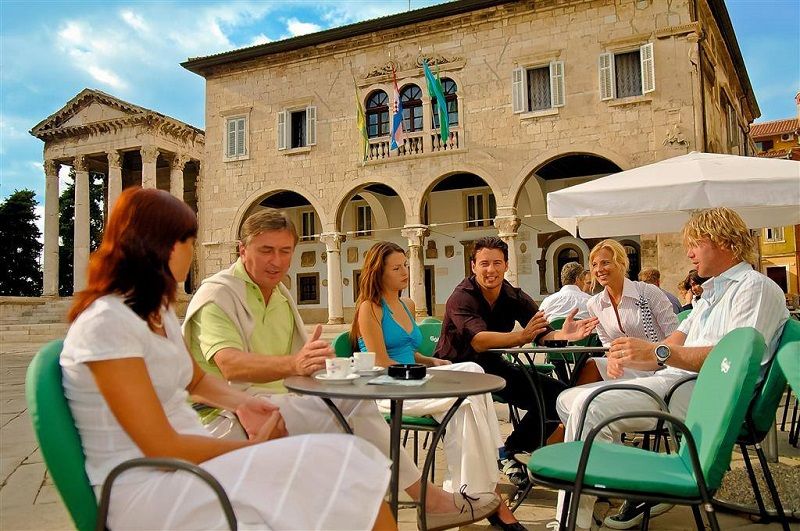
13. Most employed people
In Istria, the time of the harsh economic crisis has long passed, and new jobs are being created faster than in previous years. This shows the valuable and productive work of all its citizens. Furthermore the evidence of business success is also a recent issue of the Financial Agency (FINA) who declared that the most productive place in Croatia is Pula, which only confirmed her status of the most valuable and accordingly one of the richest regions in the country. Thanks to this fact unemployment today in this hard working environment has fallen below 10 % and they are now on the edge of joining the more advanced European regions . Of course, there is still a lot of room for improvement, and the potential seems to be everywhere you look, but there is no doubt that the inhabitants of Pula will certainly know how to successfully implement it.
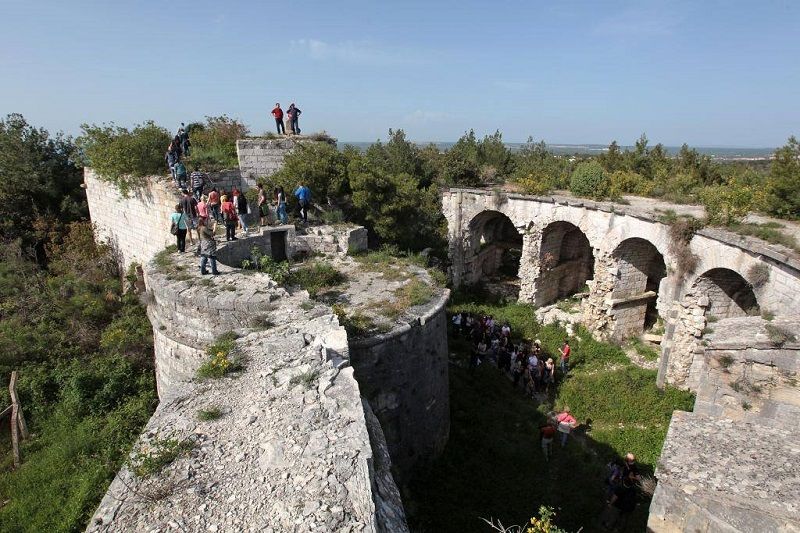
14. Seven hills
Located on the southwestern end of the Istrian peninsula , the city spreads on seven hills (Kaštel , Zaro , Arena , St. Martin , Abbey St . Mihovil, Mondipola and Pra Grande), on the inner part of a wide gulf and a naturally well protected port (depth up to 38 m) which is open to the northwest with two entrances: from the sea and through Fažana channel . Thus, the similarities with Rome are more than obvious , so just like the eternal city, Pula itself is imbued with legends about its beginings and the hills on which it is located. One of the most famous Croatian legends tells a story about the ancient fairies who created the Arena and called it a Divić grad – city of wonders based on the old Slavic word, but as the day came too early they never manage to built a roof.
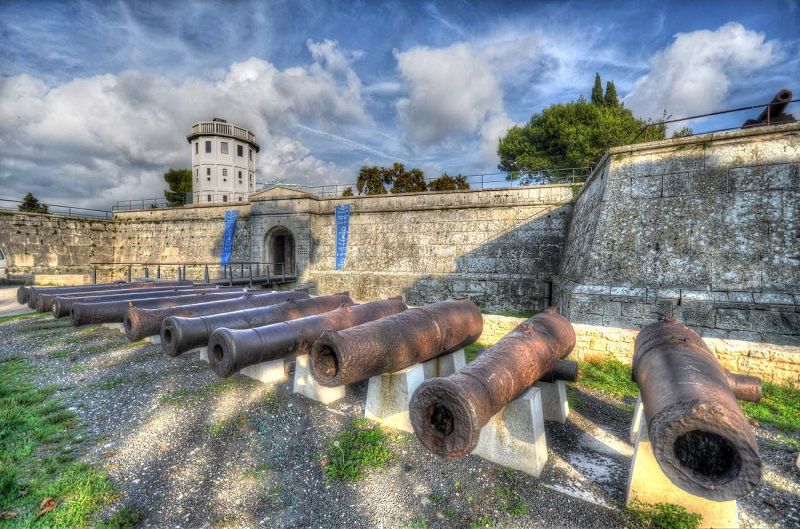
15. Mysterious fortress all over the city
There is no doubt that Pula is world famous for its valuable cultural and historic monuments, but some of them time are still hidden from public view. In the mid 19th century Pula became a major naval port of the Austro-Hungarian Monarchy and together with its surroundings, had over 26 magnificent forts or fortifications, as well as 8 artillery batteries . This legacy is still alive, although much of it is now covered in decades of overgrown greenery and failed governmental use. Some of the forts are being used today to host festivals or serve as museums but the destiny of Fort Marie Louise on the peninsula Muzil that covers area that equals one fifth of the Pula is still unkown. It was built in an extremely significant strategic position, in order to defend and protect the anchorage of the main naval port of the Austro-Hungarian Monarchy and as so it represents one of the biggest forts in all the Adriatic.
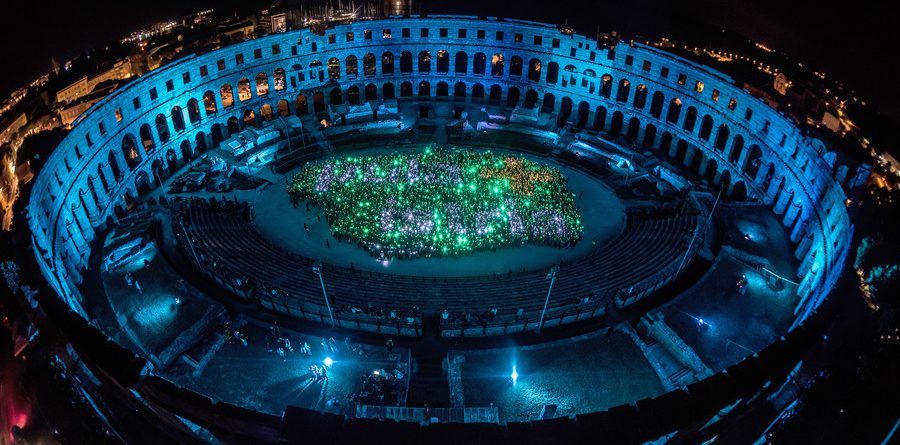
16. Record breaking passion
It seems that the citizens of Pula just worship records. First they gathered together to form the largest ever tie in the world in 2003, which was conveniently wrapped around the Arena , then they prepared a real hockey spectacle of the most prominent Croatian club Medveščak in the middle of summer. One of the last fallen records and perhaps the most memorable one of this city was the moment when the Arena broke world record for the Guinness Book of Records in the category of the greatest photography made of human luminous signs with over 4000 people. Indeed, it seems that Pulezans use their leisure time to diligently search over Internet articles and statistic data to notice some new opportunity to break a another wonder record.
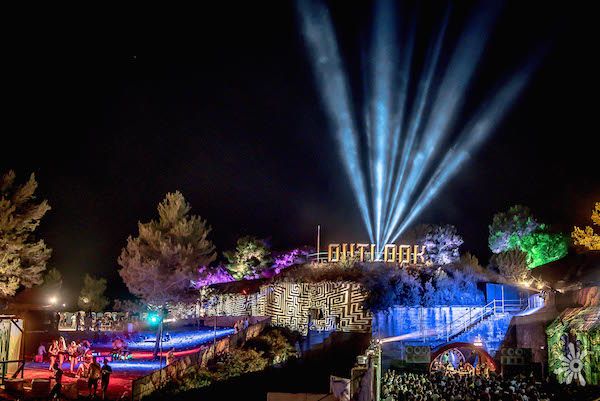
(Photo credit www.pozitivanritam.hr)
17. British party zone on the outskirts
You would probably have a hard time imagining this quiet town as a party scene, but in its suburbs loud music and young people dancing around is exactly what is happening in the late summer. In this time when the temperature is still high, but the sun goes down more quickly, two popular open air festival of hip-hop, drum n bass music and reggae are organized. This are of course the famous Outlook and Dimensions festivals, which are held at the beautiful Štinjan peninsula in the old Monarchy forts. The total number of visitors, mostly British, usually reaches 15,000. Another plus side is for the economy, as both of these Croatian – English festivals every year employ around 1,500 local people from the organization itself to the gendarmerie. Recent excellent tourism results over Istria are partly thanks to these festivals and because of their high attendance record breaking and as such represent an important part in maintaining the economic development of the County of Istria.
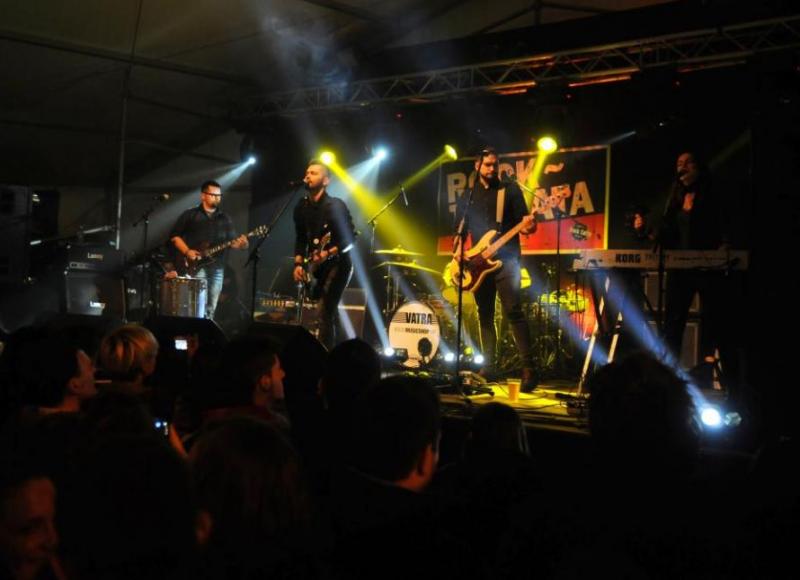
(Photo credit D. Štifanić)
18. Place made for Rock n roll
If in the 70’s you walked through Giardini it is very likely that you would meet a battered rocker or punk who in his teenage outbursts started to provoke the police. Of course, the result of this encounter would be a classic piece of Yugoslav discipline – checking a mandatory identity card by the police officers plus a couple of slaps, and you were lucky if it stopped there. But these outbursts were part of the rebirth of Pula and she has ever since lived and breathed with rock n roll. The streets of legendary singer Tusta will delight all fans of this way of life while they sit in Rock cafe and drink beer before Antifa or Monteparadiso festivals that kept rebellion in the hearts of young Pulezans and values that are not just anarchist, but also in many ways universal. However, above all systems or ideologies, when you light up a cigar and start to play guitar you reach the best time machine into the memory of long gone times.
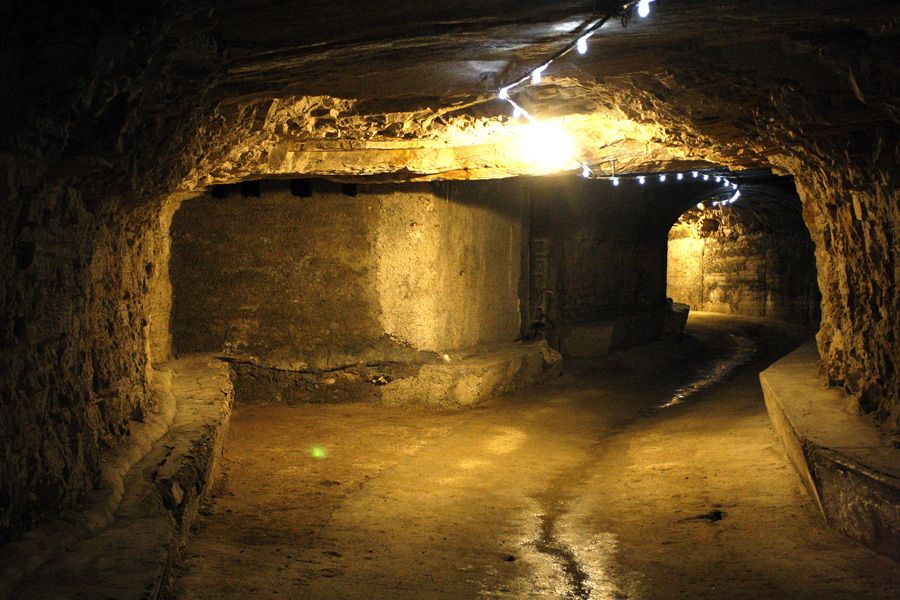
19. Underground tunnels that can accommodate the entire population
Pula was, as the main naval port and anchorage of the fleet before the start of World War I., a very important military- strategic center of paramount importance for the Austro – Hungarian Empire; thus establishing a broad-based system of fortifications (forts, artillery batteries and machine-gun positions), which stretched from the west to the east coast and so closed the entrance to the city, was a logical strategic move. But with them came something even more spectacular – tunnels. Very soon construction begin and there was not one hill in the closest center of the city that was spared from drilling and digging. The Austrians created a widespread network of underground tunnels – shelter, of which the largest one lies under the hill Monte Zaro, at the foot of the castle and Monte Ghiro. The result back then was as astonishing as it is today, with over 50,000 available places for the accommodation of citizens, which again exactly as in those days equals the entire population of Pula.
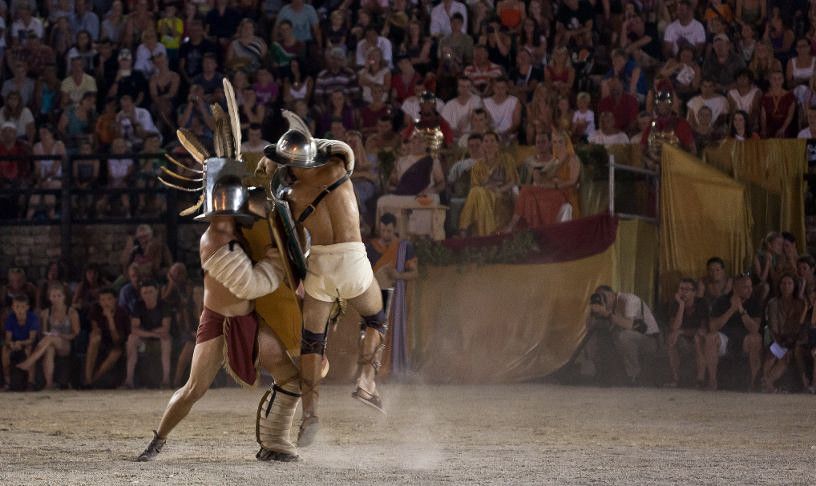
(Photo credit Croatia National Tourist Board)
20. Brave gladiators
Gladiators – mostly ex-slaves – were fighters in ancient Rome who, for the fun of spectators fought with swords, spears and with use of former military and martial arts, led the deadly battles in most Roman cities. Pula was no exception and the Arena, which was known to host up to 10,000 people, became a bloody stage for games that often resulted in the deaths of competitors. For further shock in these games, lions and other wild animals were used just as we often see in Hollywood movies.The fighting however, was not only led only in enormous Arena but also at the Forum where a bunch of viewers would simply pull the rope on all four sides, forming a miniature ring where they then held battle. Due to poor security, it is clear what consequence have occurred often. Luckily this time is far behind us and today we can simply enjoy battles of actors who usually play gladiators in the summer events.
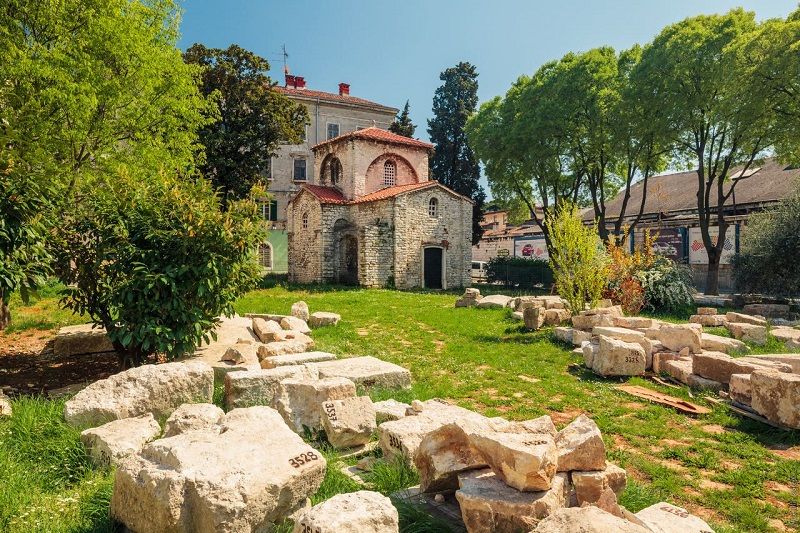
(Photo credit Romulic and Stojcic)
21. Unique Roman heritage (with all the drama)
Since the time when Plinius the Elder in the middle of the first century AD wrote about the official name of the city – Colonia Pietas Iulia Pola, Pula has been recognized for its unique Roman architecture .Triumphal Sergii , Hercul Gates and many other famous monuments date back to the time of ancient Rome when the city was in fact almost the same population as it is today. But along with the Roman monuments came Roman drama. One of the famous city legends deals with the ecstatic beauty of Antonia Cenida who seduced a great emperor Vespasian so much that he in all his powerlessness in love decided to build an enormous amphitheater just in her honor. And thats how the Arena was made.
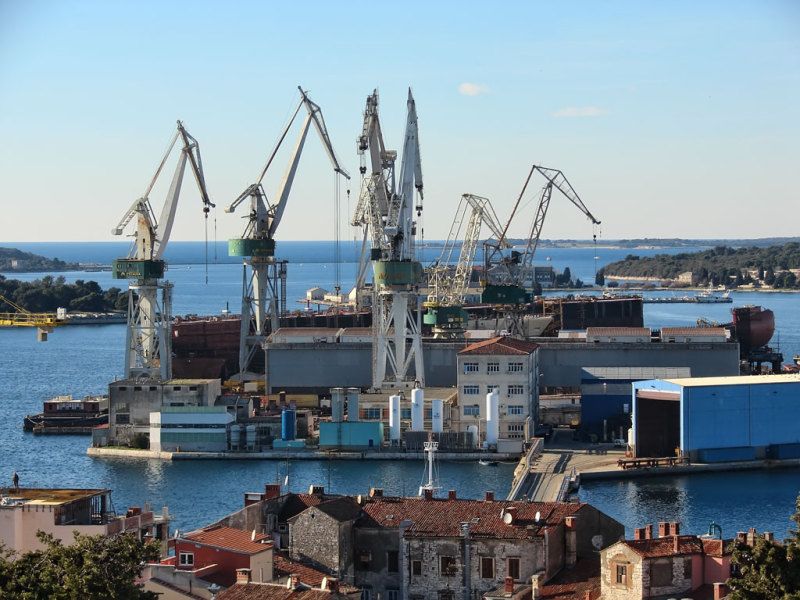
(Photo credit www.shipspotting.com)
22. Shipyard that keeps lunch warm
The great economic savior Uljanik was founded in 1856, in the carefully selected bay of Pula, as a shipyard in the Austro-Hungarian navy. The foundation stone was laid by Empress Elizabeth on December 9, and this date is celebrated as the anniversary of the shipyard, one of the oldest in the world. It used to employ over 10,000 workers and there was not a single family living in Pula who did not have one of their family members working there. Today things have changed a bit, but the business success continues, and new contracts arrive on a monthly basis. The shipyard still keeps lunch warm for citizens and especially for the few thousand employees who have a big traditional celebration every time their ship gets launched into the sea.
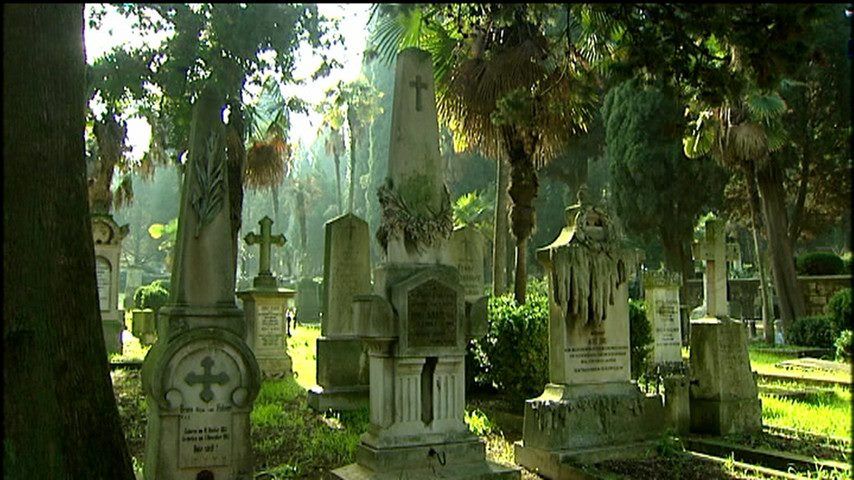
23. Peaceful navy cemetery for fallen soldiers
In the shade of the ancient cypress trees 150,000 soldiers of the Austro-Hungarian army and navy are lying in peace. Among them are members of the famous European aristocratic elite, 12 admirals of the Austro- Hungarian Empire and even a Turkish admiral. At this beautiful Navy cemetery the victims of maritime steamer Baron Gautsch accident and crews of the battleships Szent Istvan and Viribus Unitis who died of severe flu epidemic are buried. The legendary submariner Georg Ritter von Trapp , immortalized in the musical ” The Sound of Music ” buried his father also at this unique cemetery. A peaceful walk through this cultural monument and a beautiful park can be very relaxing for the soul, while the heavy branches of cypress and sunbeams make an unusually magnificent play of light and shadow on the tombstones, written are mostly in German.
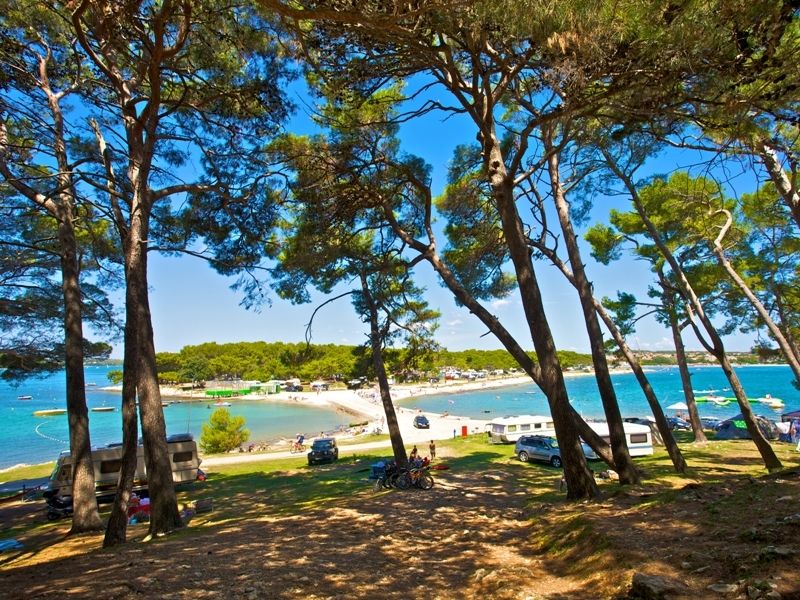
(Photo credit www.arenacamps.com)
24. Lots of hotels and camps
From year to year Pula strengthens and expands its tourist offer. There will be no special advertising done here, but hotel chains have expanded so much that it is now very easy to find accommodation at an affordable price with a perfect view. The real summer hit for Europeans is now camping in the shade of tall pines and if you are worrying about a reservation, dont: there are more than enough locations to choose from. Perhaps the most famous destination for campers is camp Stoja where you can feel relax enough to enjoy the natural beauty , but which also offers a growing number of entertainment content for sports and recreation .
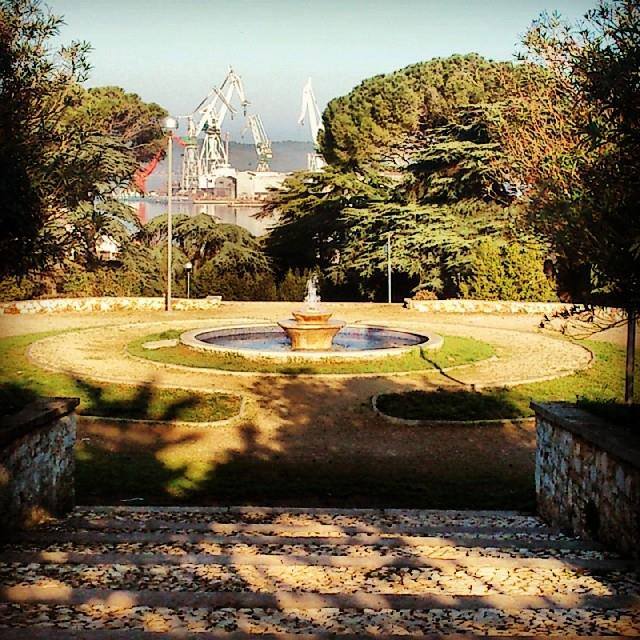
25. Slow growing affection you would never notice until you leave
This is the city that has often been out of the national focus, with valuable residents who harbor some wider and perhaps still undiscovered horizons and who firmly accept a future that comes from learning the large book of errors from everyone’s history. Maybe you will at first sight think for a moment that others are bigger or show more pride, but these seven hills have a kind of spider web that will surely attract passing guests and those who wonder and through whom we all could possibly re-introduce ourselves. So, as you walk the streets of Pula, her streets are actually walking through you and before you manage to realize it you already miss it and be sure she misses you too.
And what better way to finish than with the magic of the Pula Arena, electrified by the wondrous music of 2Cellos:


